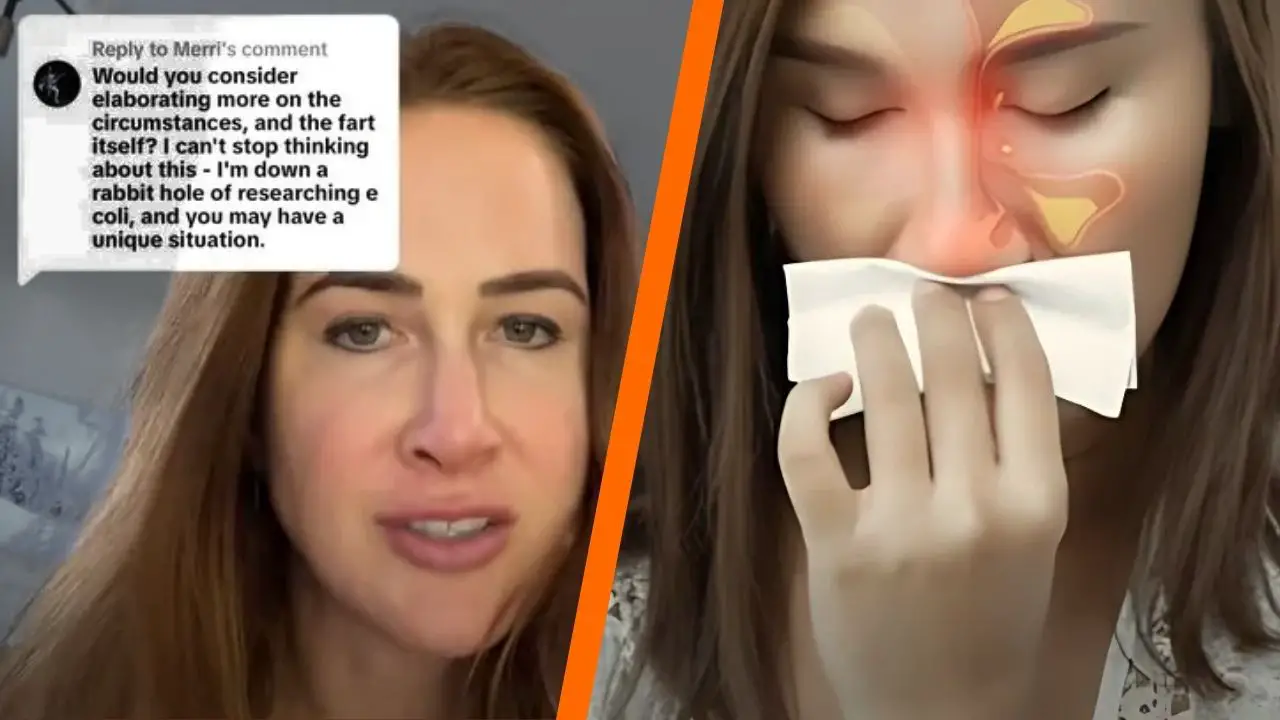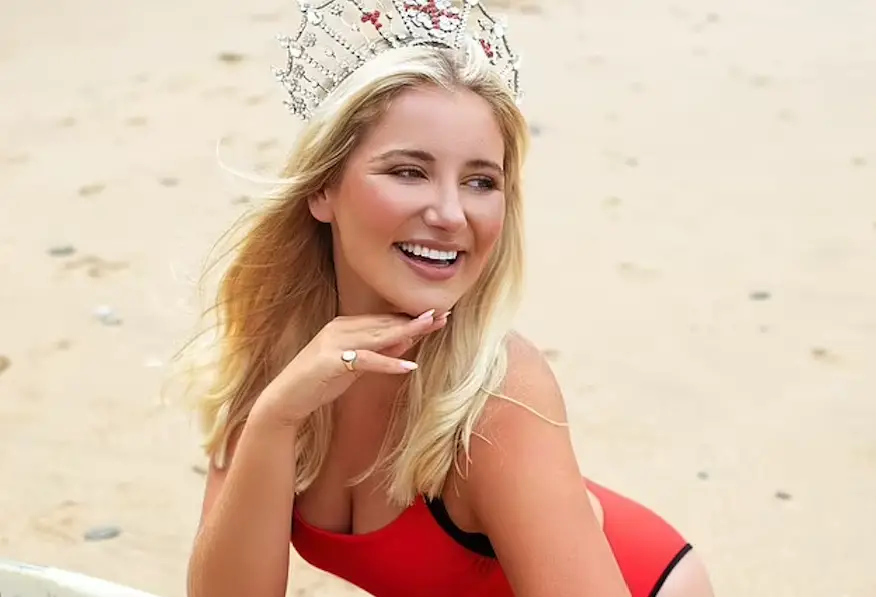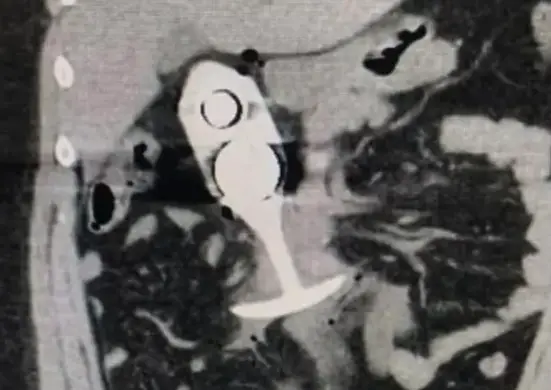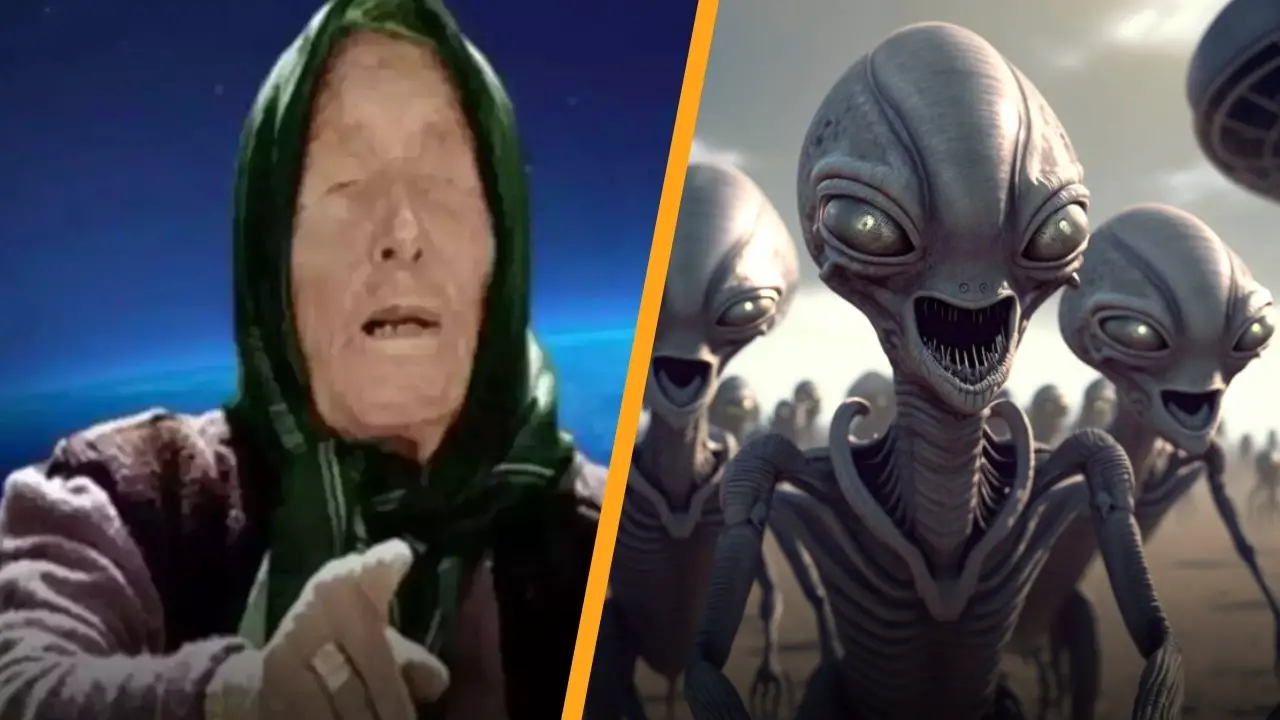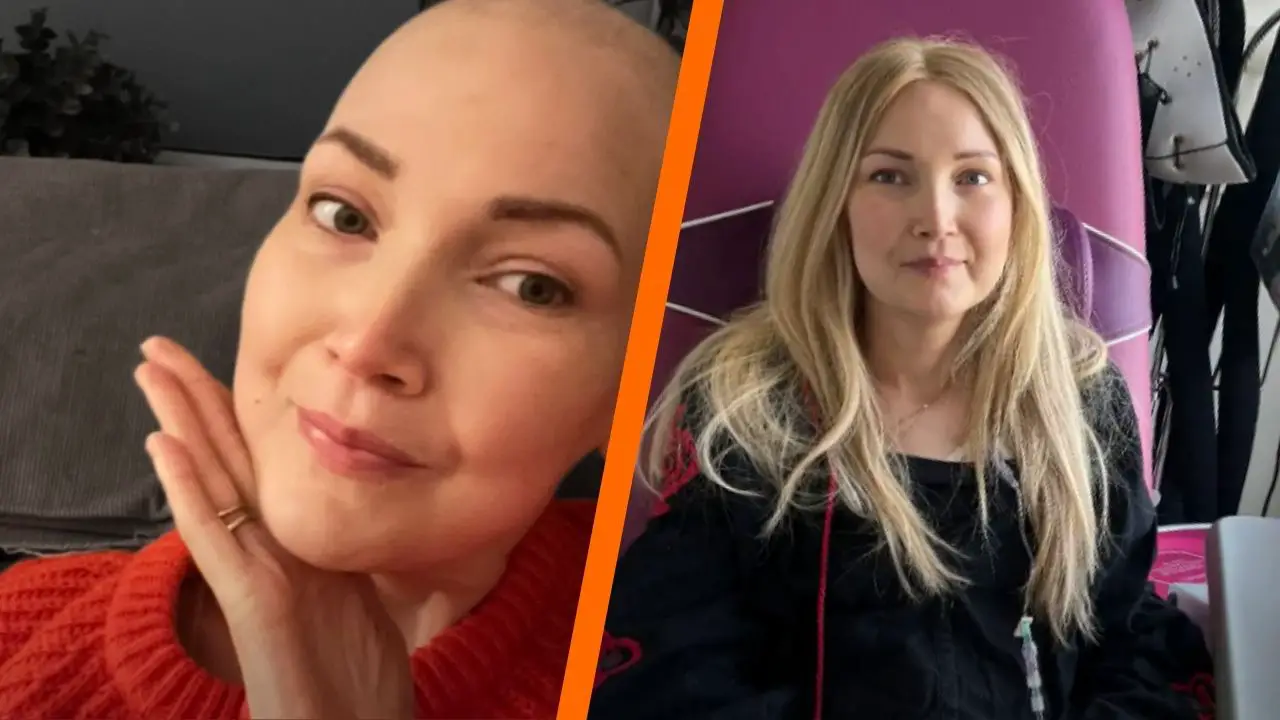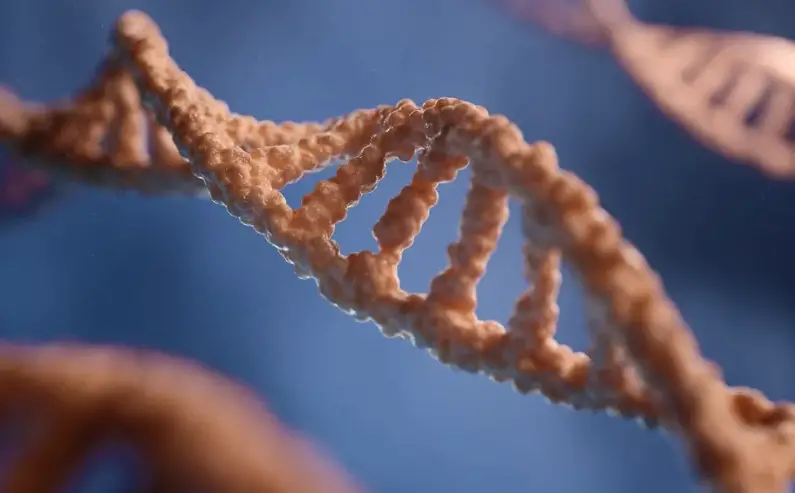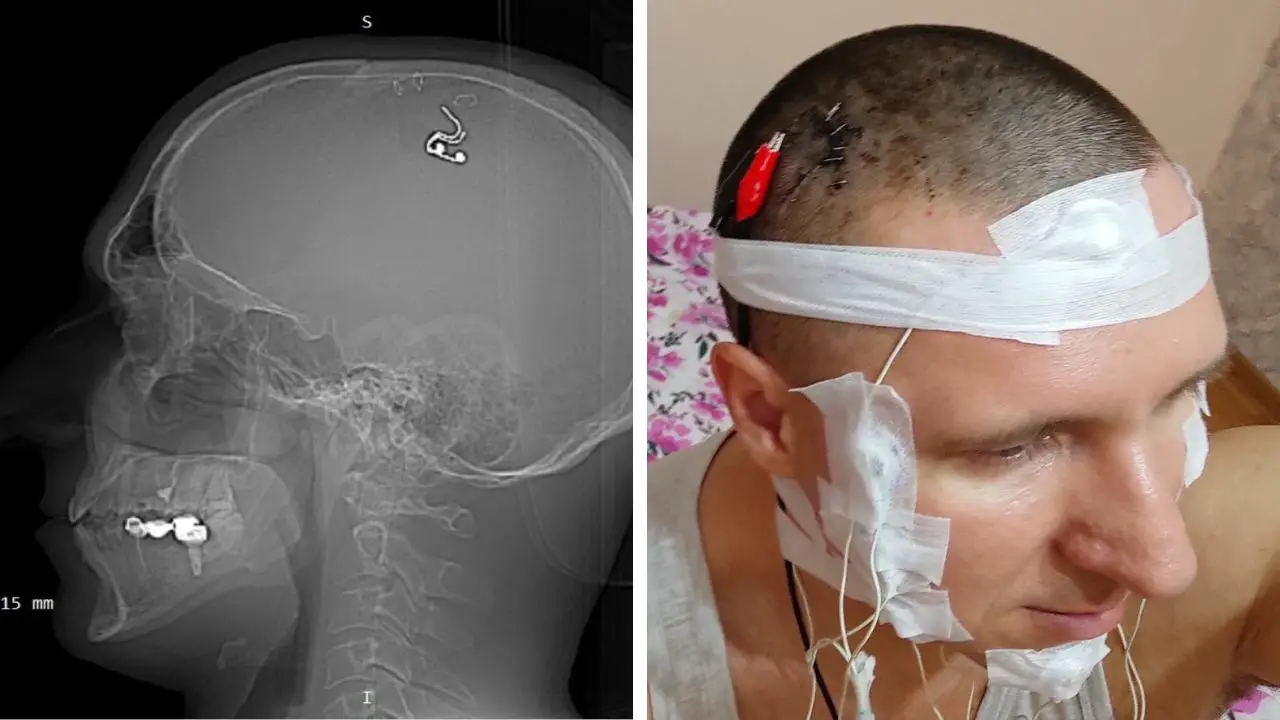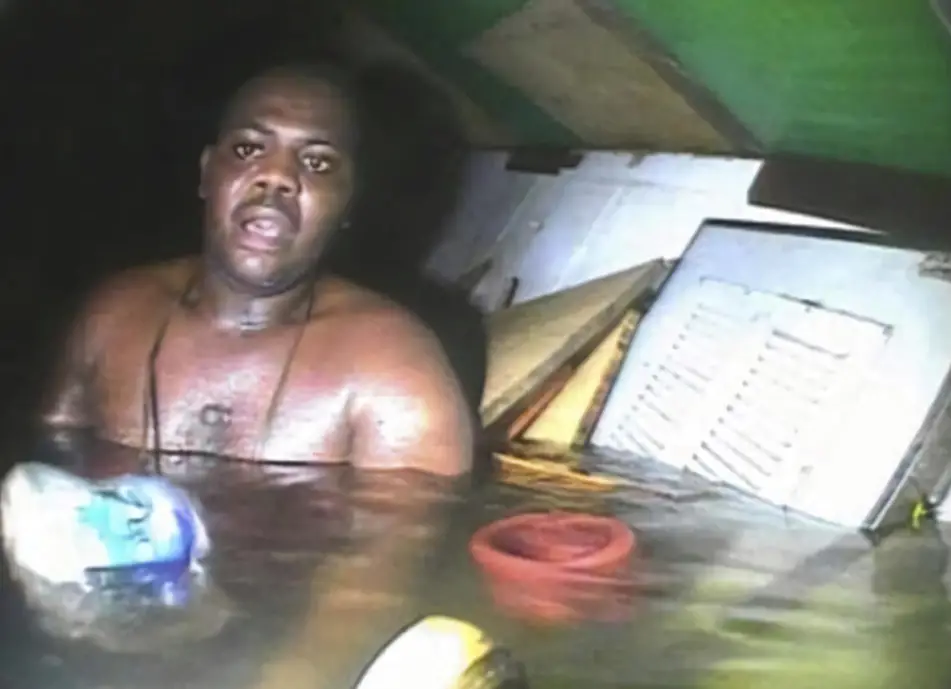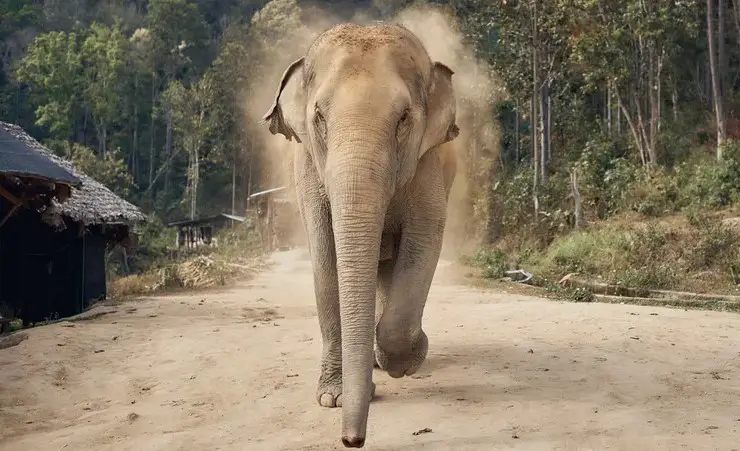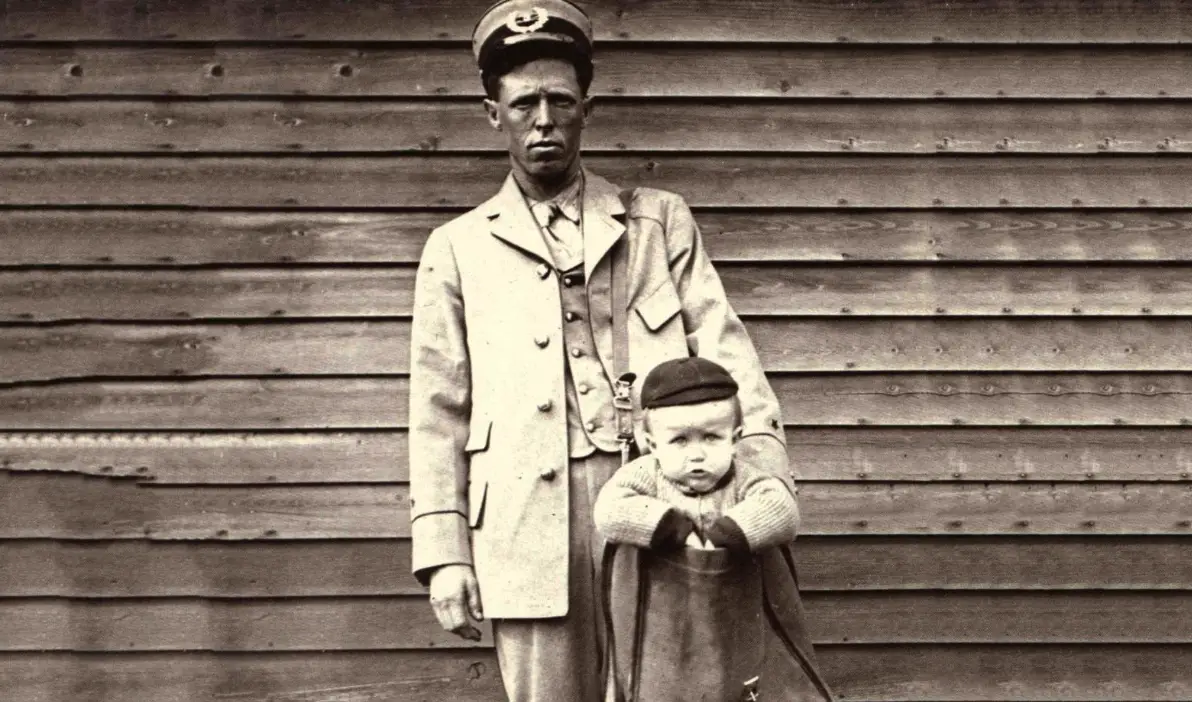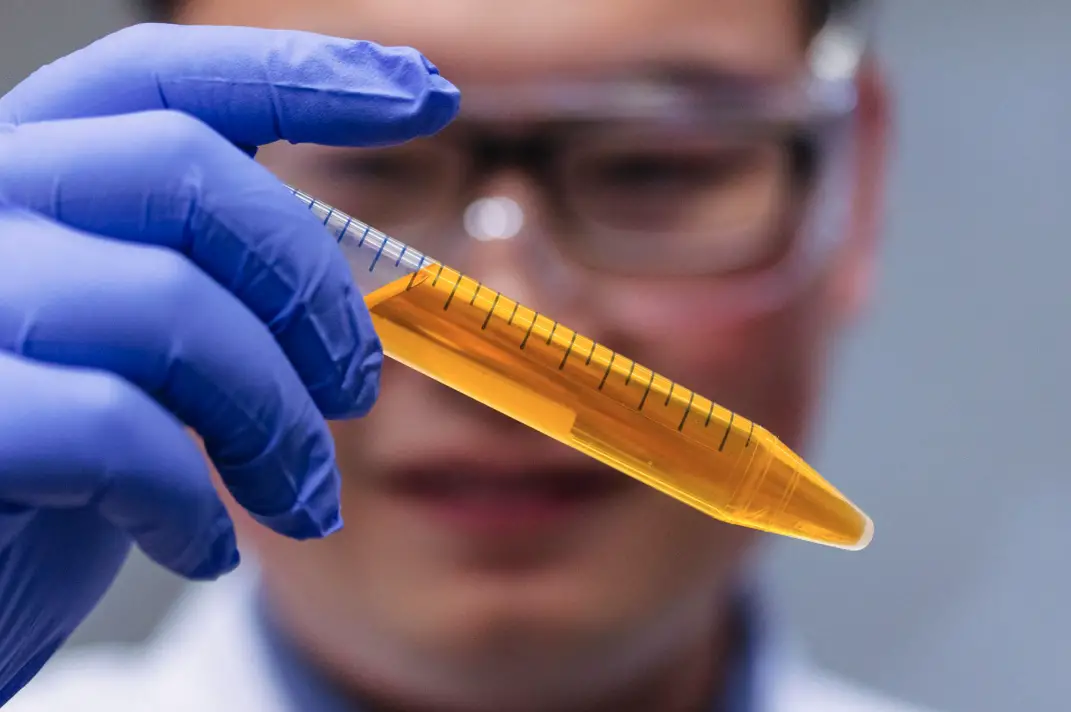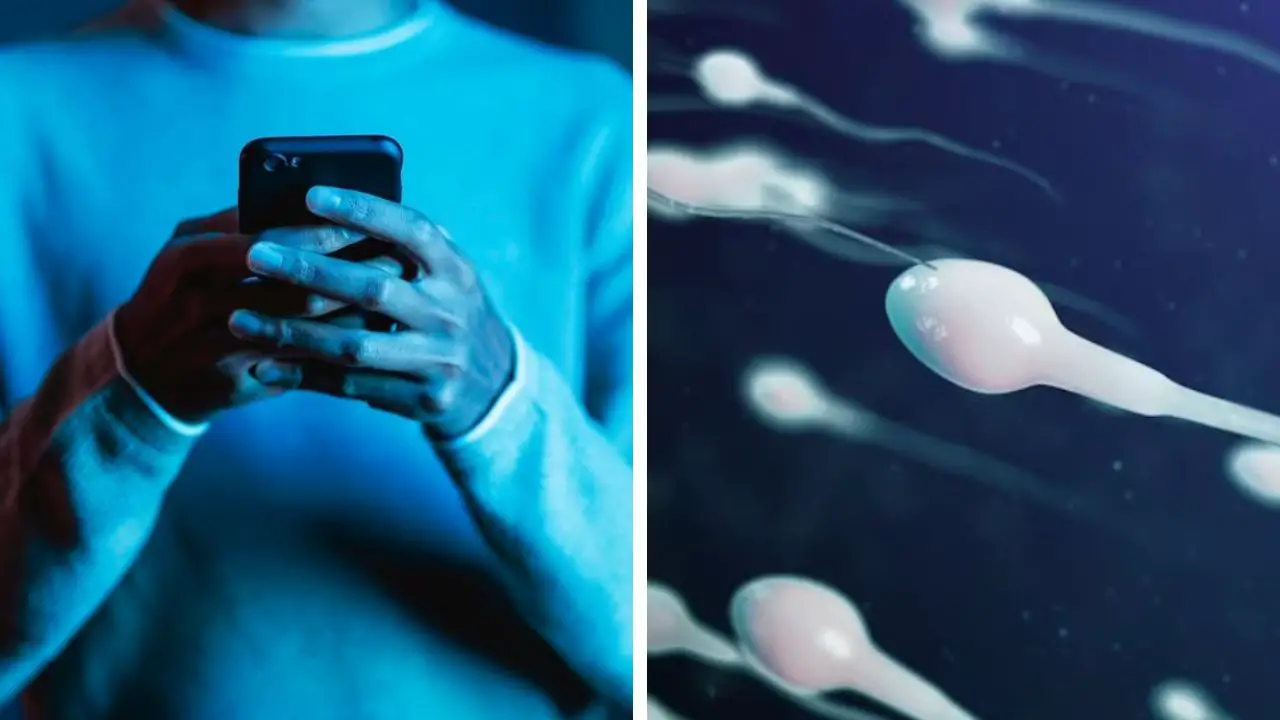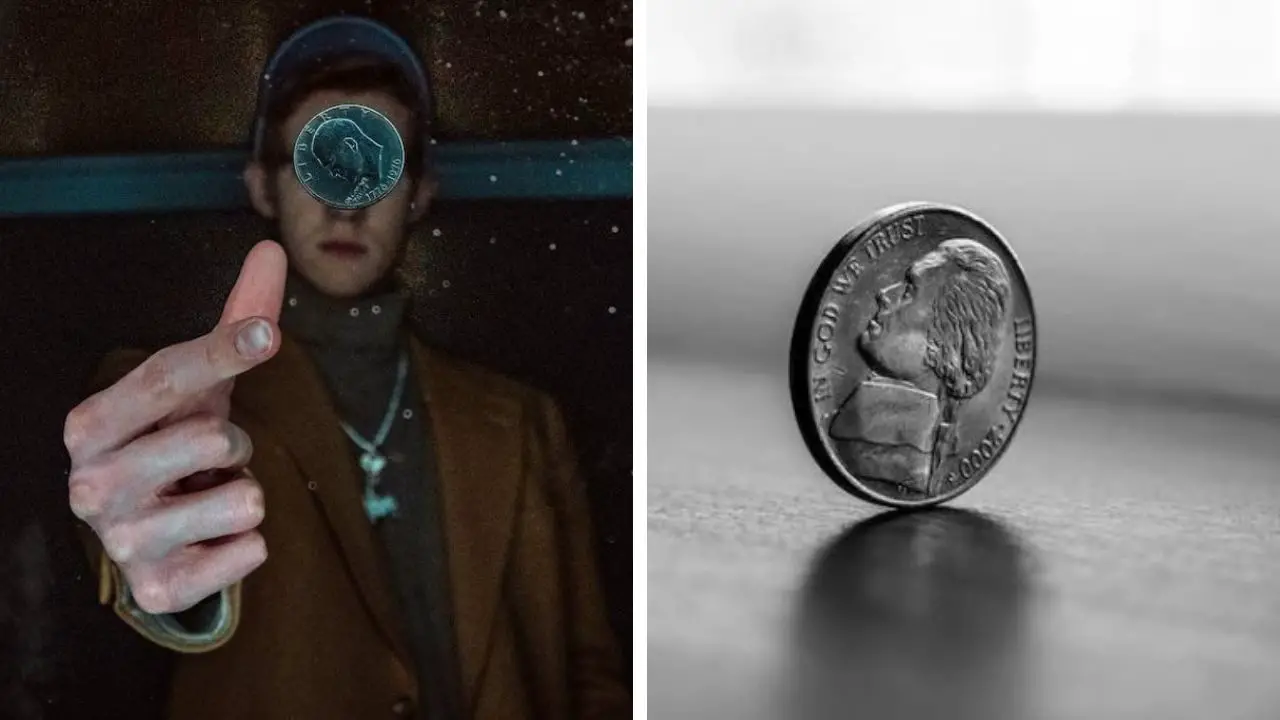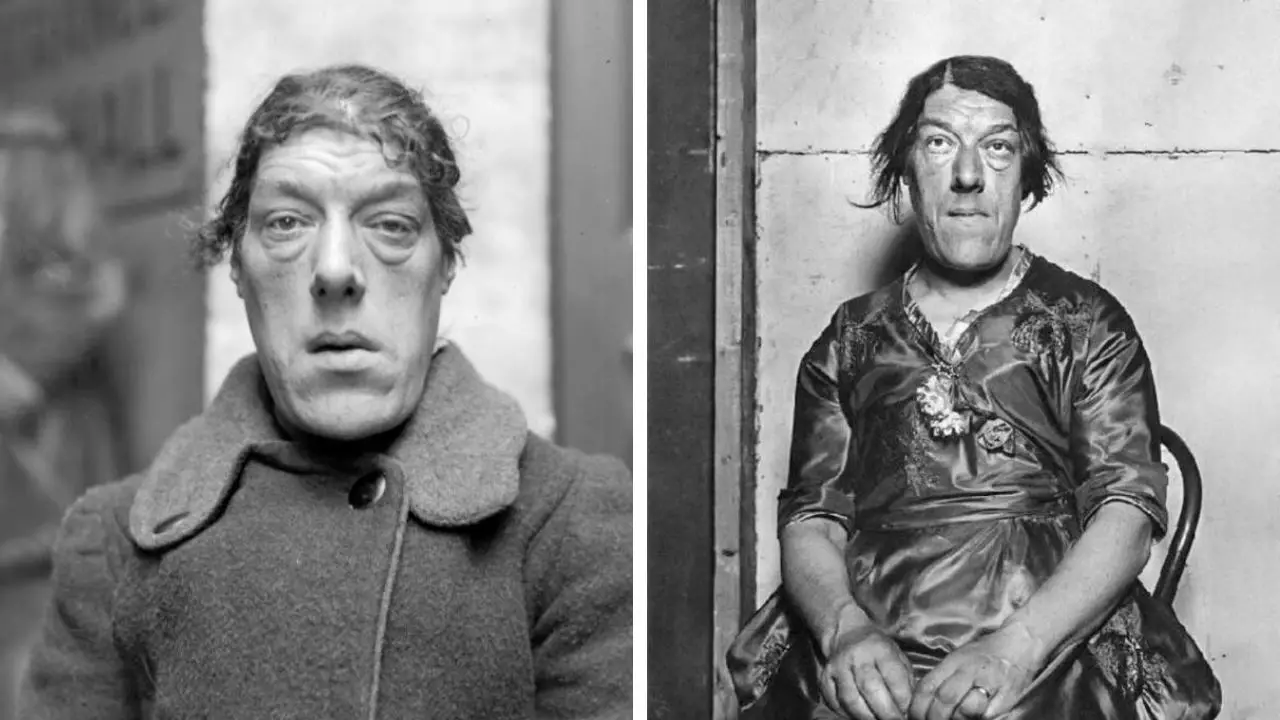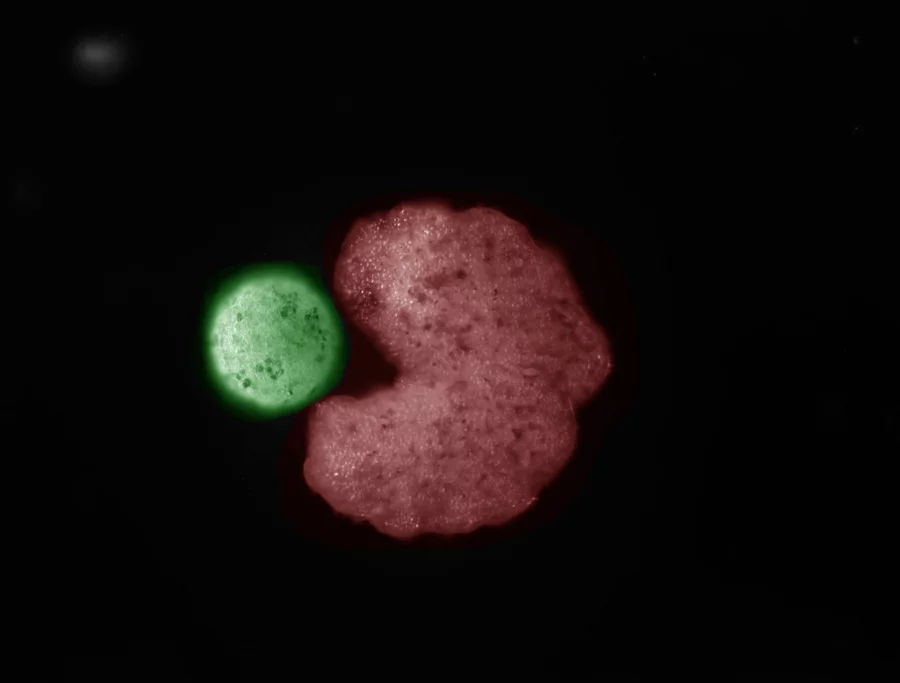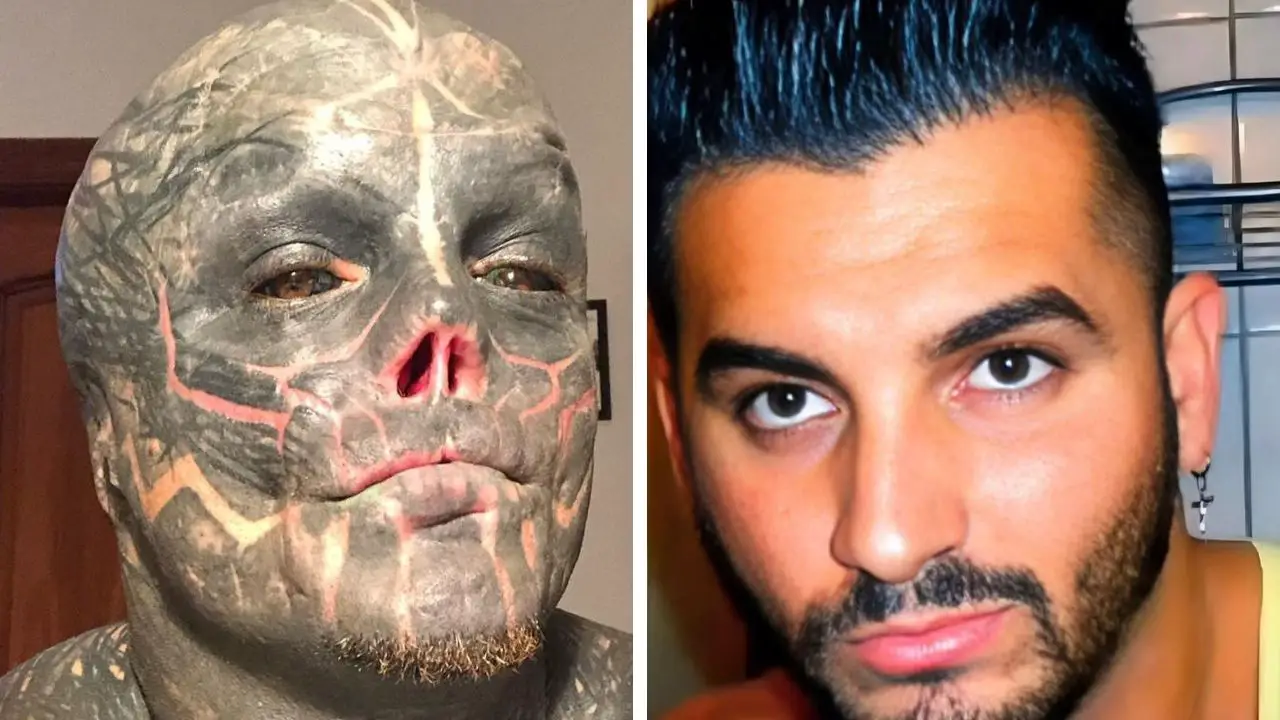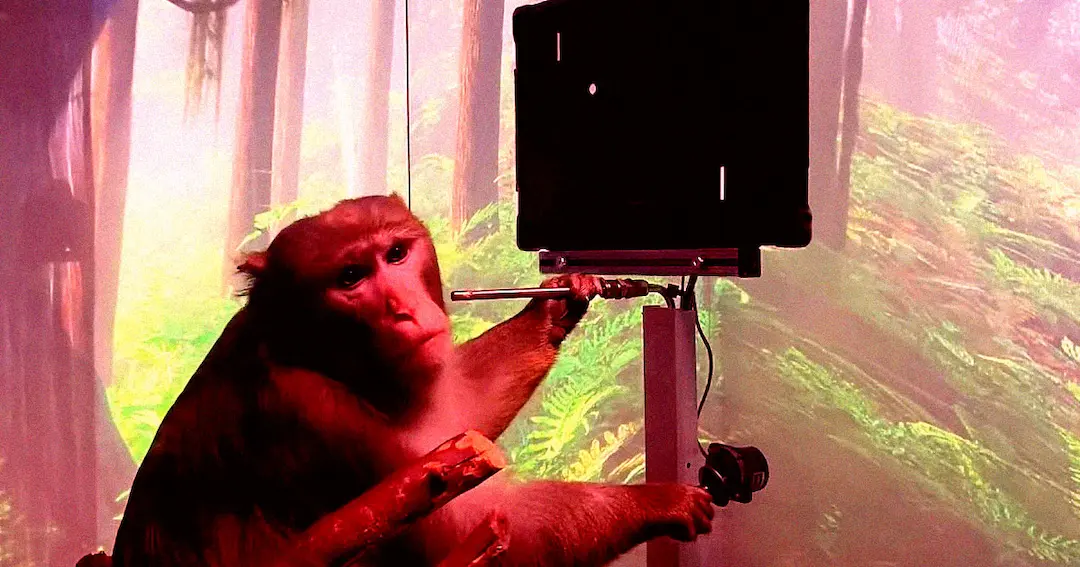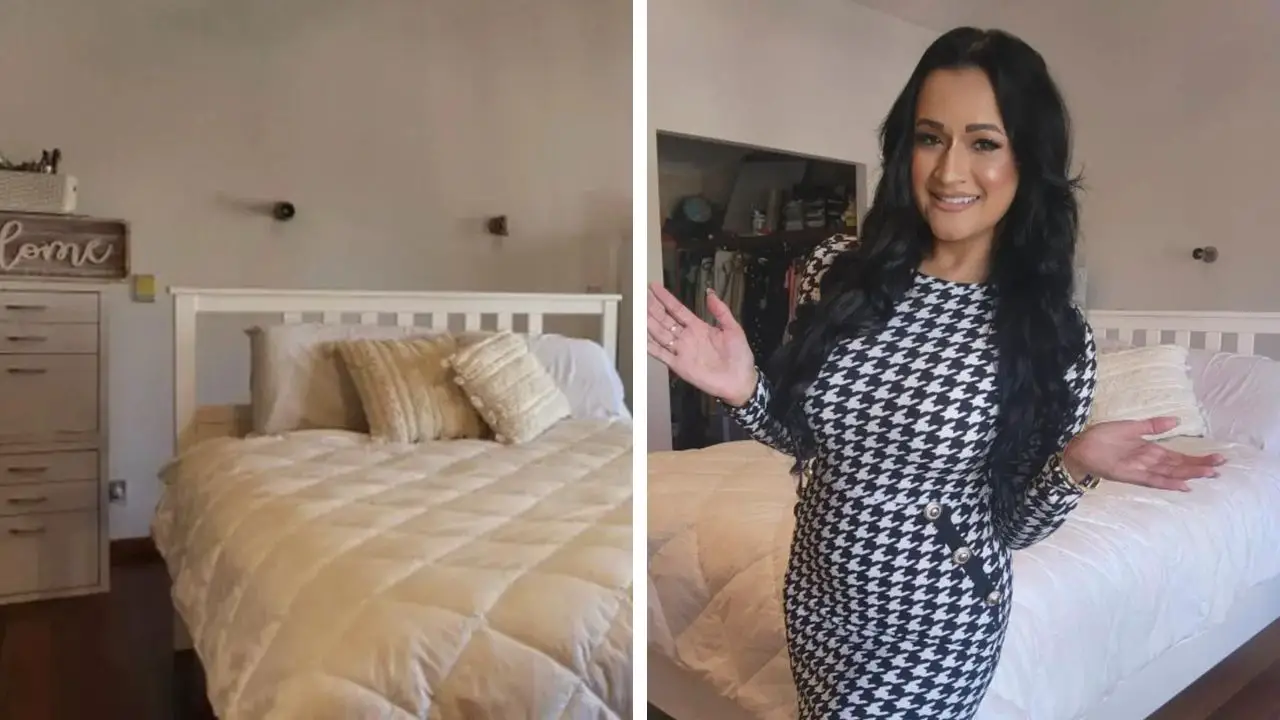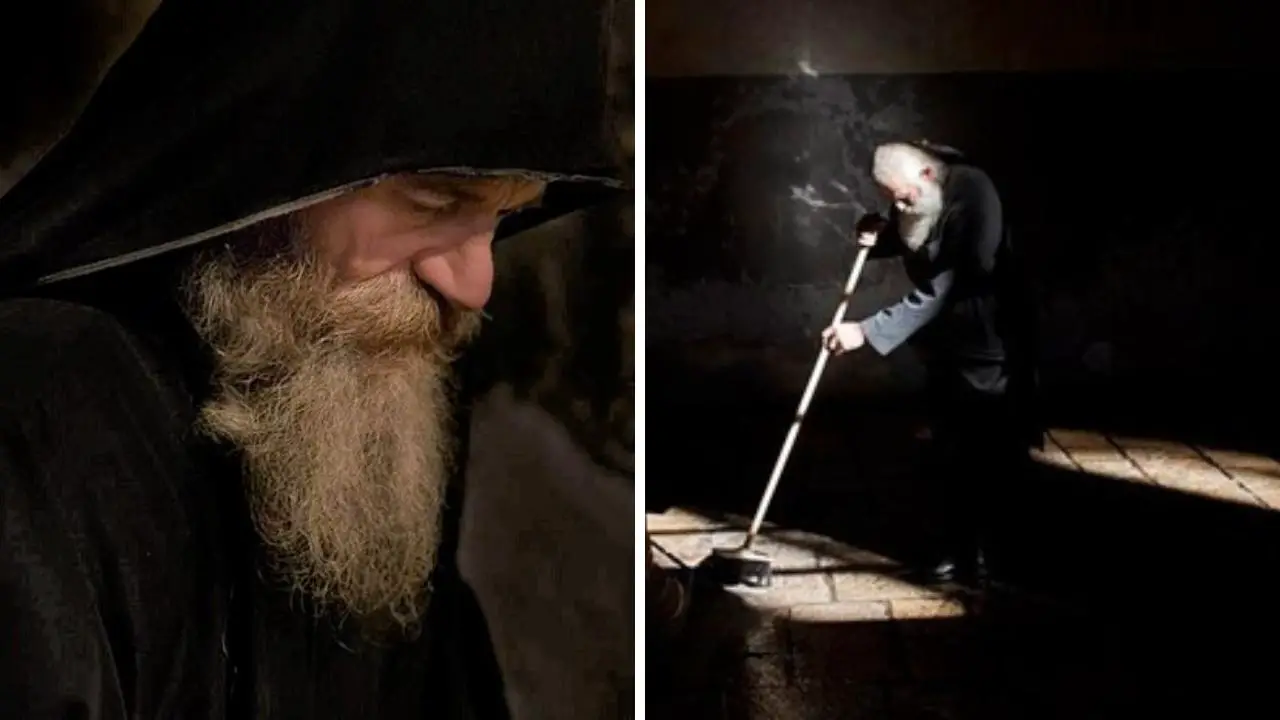Millionairess tried to cure her son’s homosexuality with incest — Instead, he killed her

- Socialite Barbara Baekeland murdered by son in 1972 after alleged incest to cure his homosexuality.
- Antony Baekeland diagnosed with schizophrenia, attacked family members in violent outbursts.
- Tragic saga inspired 2007 film amid disputes over shocking claims.
In 1972, a prominent New York socialite faced a grim fate when her attempt to reshape her son’s identity backfired, resulting in one of the era’s most notorious family homicides that exposed the dark underbelly of wealth and mental illness.
Barbara Daly Baekeland entered the world on September 28, 1921, in Cambridge, Massachusetts, amid a backdrop of early 20th-century American prosperity.
Her father, Frank Daly, built a career as a businessman, but his life ended abruptly in January 1933 through suicide by carbon monoxide poisoning in the family garage.
At just 11 years old, Barbara witnessed this loss, which some sources link to the onset of her lifelong struggles with depression.
Following the tragedy, she and her mother, Nina Daly, relocated to New York City, taking up residence in the opulent Delmonico Hotel on Park Avenue.
This move thrust young Barbara into the heart of Manhattan’s elite circles, where her striking beauty soon caught the eye of photographers and artists.
By her late teens, Barbara had established herself as a model, gracing the pages of Vogue and Harper’s Bazaar.
Her allure extended beyond fashion; she posed for notable painters and earned recognition as one of New York City’s ten most beautiful women in the 1940s.
Yet beneath this glamorous facade, mental health challenges loomed large. Barbara endured multiple suicide attempts throughout her adulthood, echoing patterns seen in her family.
Historical records indicate that rates of depression among affluent women in mid-20th-century America were underreported, but studies from that period suggest up to 15 percent of such individuals sought psychiatric care privately to avoid public stigma.
She became a private patient of renowned psychiatrist Foster Kennedy, who treated her for recurring episodes.
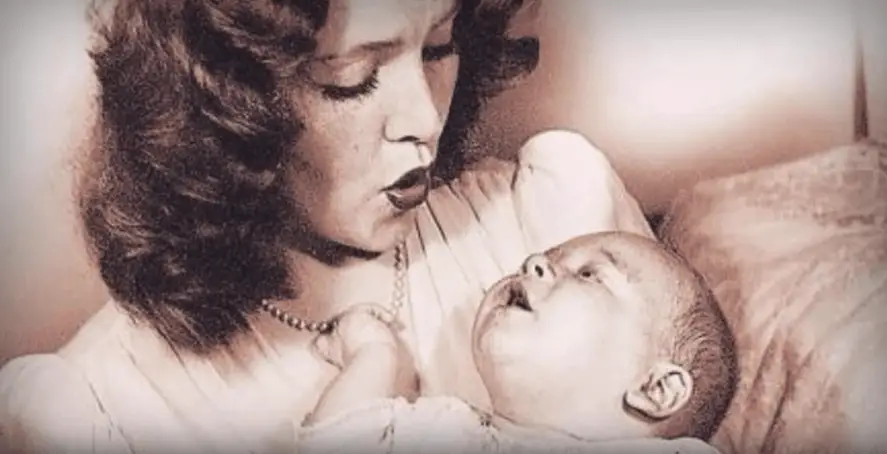
In the 1940s, Barbara met Brooks Baekeland, the grandson of Leo Baekeland, the Belgian chemist who invented Bakelite in 1907—the world’s first synthetic plastic, which revolutionized industries and amassed a family fortune estimated at over $100 million in today’s dollars.
Their courtship culminated in marriage in California, though accounts reveal Barbara falsely claimed pregnancy to hasten the union.
The couple embraced a life of extravagance, dividing their time between a lavish Upper East Side apartment in New York and rented villas across Europe, including in Paris, Switzerland, and Italy.
Their social gatherings drew luminaries such as actress Greta Garbo and playwright Tennessee Williams, cementing their status in high society.
Despite the outward splendor, cracks formed early. Brooks, who styled himself as a writer but produced little work, engaged in numerous extramarital affairs.
Barbara reciprocated with her own liaisons, contributing to a volatile dynamic.
By 1960, Brooks had fallen for a diplomat’s daughter, prompting him to seek divorce.
Barbara’s response was another suicide attempt, which delayed proceedings until their official split in 1968.
Post-divorce, Brooks remarried twice, first to Sylvie and later to Susan Baekeland, distancing himself from the family’s escalating turmoil.
The union produced one child, Antony Baekeland, born on August 28, 1946, in New York. From infancy, Antony—often called Tony—became the focal point of Barbara’s affections.
Described as charming and intellectually gifted in his youth, he displayed prodigious talents that hinted at a bright future.
However, as adolescence set in, troubling signs emerged.
Antony confided his homosexuality to his mother during the 1960s, a time when the American Psychiatric Association classified it as a mental disorder until its removal from the DSM in 1973.
Societal pressures were immense; surveys from that decade show that over 70 percent of Americans viewed homosexuality negatively, fueling desperate “cures” like conversion therapy, which affected thousands annually.
Barbara perceived her son’s orientation as a defect requiring intervention.
She initially arranged encounters with women, including hiring prostitutes, in hopes of altering his preferences.
When these measures proved ineffective, allegations surfaced of a more extreme approach.
Reports claim that in 1968, while in Majorca, Barbara engaged in an intimate relationship with Antony, believing it could redirect his sexuality.
This incest scandal, whispered among their circle, drew sharp disputes.
Samuel Adams Green, a former lover of Barbara’s and curator friend of Andy Warhol, vehemently denied the claims, asserting she invented the story for dramatic effect to rationalize her behavior.
The controversy persisted, with some insiders suggesting it exacerbated Antony’s psychological decline.
Antony’s mental state deteriorated markedly in his late teens.
Diagnosed with schizophrenia—a condition affecting approximately 1 percent of the global population, often manifesting in early adulthood with paranoid delusions—he exhibited erratic behaviors.
Brooks dismissed psychiatric treatment as “amoral,” refusing to authorize care, while Barbara’s approach remained inconsistent, oscillating between denial and over-involvement.
Their bond grew increasingly co-dependent, marked by physical altercations.
Antony’s experimentation with drugs, introduced by acquaintances in Italy, further destabilized him, aligning with statistics showing that substance use complicates schizophrenia in up to 50 percent of cases.
After the divorce, Barbara and Antony relocated to London in 1969, settling into a penthouse at 81 Cadogan Square in upscale Chelsea.
The change of scenery did little to mend their rift. Antony’s volatility intensified; in July 1972, he attempted to push Barbara into oncoming traffic during a dispute, an act that led to his brief arrest for attempted murder.
Remarkably, Barbara declined to press charges, opting instead for his admission to The Priory psychiatric hospital.
There, on October 30, 1972, a psychiatrist issued a stark warning: Antony posed a lethal threat to his mother due to his untreated condition. Barbara brushed it aside, reportedly replying, “I don’t believe that.”

Released after mere weeks, Antony returned home, where tensions simmered.
Friends voiced alarms over the toxic mother-son dynamic, laced with possessiveness and unresolved trauma.
Barbara’s obsession with controlling Antony’s life clashed with his growing paranoia, creating a powder keg in their luxurious confines.
The explosion came on November 17, 1972. That afternoon, Barbara had lunched with a friend, praising her harmonious life with Antony.
Hours later, back at Cadogan Square, a quarrel ignited over Antony’s plan to invite a companion over—something Barbara opposed.
In the kitchen, Antony seized a knife and stabbed her once in the heart, causing near-instant death at age 51.
Police arrived to a surreal scene: Barbara lifeless on the floor, Antony nonchalantly ordering Chinese takeout by phone.
He confessed later, attributing the act to his mother’s overwhelming influence on his fractured mind.
Charged with murder, Antony’s trial weighed his schizophrenia heavily.
Convicted of manslaughter rather than murder, he received indefinite detention at Broadmoor Hospital, a maximum-security facility for the criminally insane that housed over 200 patients at the time.
There, he remained unstable, yet influential allies—including wealthy patrons—lobbied for his freedom against Brooks’ objections.
| Key Events | Date | Details |
|---|---|---|
| Barbara’s Birth | September 28, 1921 | Cambridge, Massachusetts; early life marked by privilege. |
| Father’s Suicide | January 1933 | Carbon monoxide poisoning; Barbara aged 11. |
| Marriage to Brooks | 1940s | Falsely claimed pregnancy; tied to Bakelite fortune. |
| Antony’s Birth | August 28, 1946 | Only child; initial signs of prodigy. |
| Divorce from Brooks | 1968 | Amid affairs and mental health crises. |
| Alleged Incest in Majorca | 1968 | Disputed claim to “cure” homosexuality. |
| Attempted Murder of Barbara | July 1972 | Pushed into traffic; no charges pressed. |
| Barbara’s Murder | November 17, 1972 | Stabbed once; manslaughter conviction. |
| Release from Broadmoor | July 21, 1980 | Despite warnings; moved to New York. |
| Attack on Grandmother Nina | July 27, 1980 | Stabbed eight times; survived at age 87. |
| Antony’s Suicide | March 20, 1981 | Suffocation in Rikers Island cell, aged 34. |
Released on July 21, 1980, after eight years, Antony traveled to New York to reside with his 87-year-old grandmother, Nina Daly, in her Upper East Side apartment.
Just six days later, on July 27, 1980, history echoed in horror: Antony stabbed Nina eight times, inflicting severe injuries including broken bones, though she survived the assault.
Arrested and charged with attempted murder, he was remanded to Rikers Island, where over 10,000 inmates were held annually in the 1980s amid notorious conditions.
As his trial loomed, Antony’s fate took a final turn on March 20, 1981. Expecting bail, he learned of an adjournment due to delayed medical records from England.
That afternoon, at 4:00 PM Eastern Time, guards discovered him in his cell, deceased from self-asphyxiation using a plastic bag.
His death, at age 34, closed a chapter riddled with unanswered questions about the true extent of the family’s secrets.
The Baekeland true crime story later inspired the 2007 film Savage Grace, starring Julianne Moore as Barbara, which depicted a controversial ménage à trois involving Antony, Barbara, and Green— a scene Green sued over as fabricated, with the case unresolved at his 2011 death.
Critics panned the movie for inaccuracies, yet it reignited debates on the incest allegations and schizophrenia’s role in the violence.
What hidden conversations in those European villas might have altered this path?






